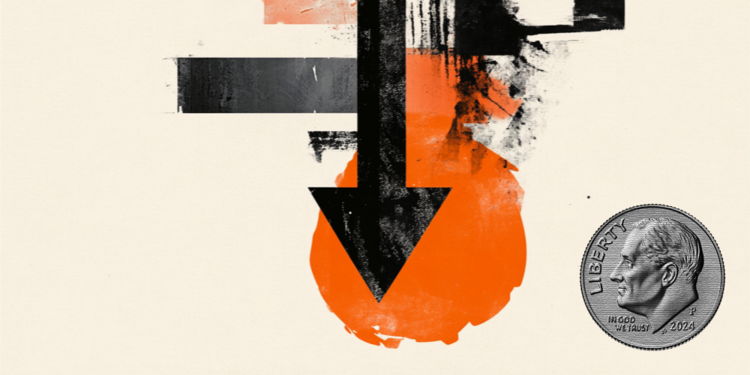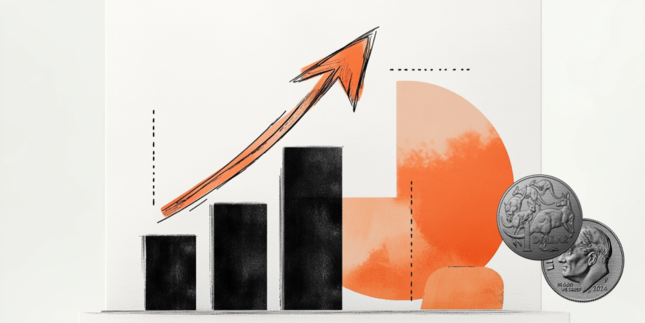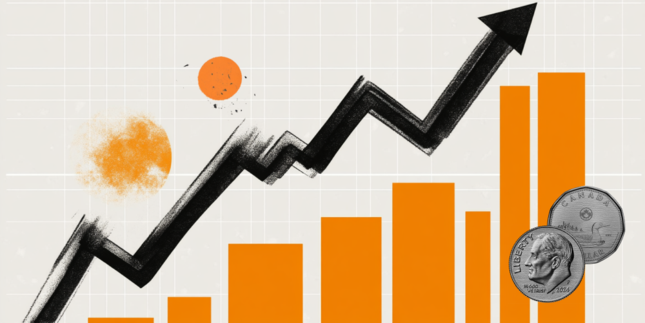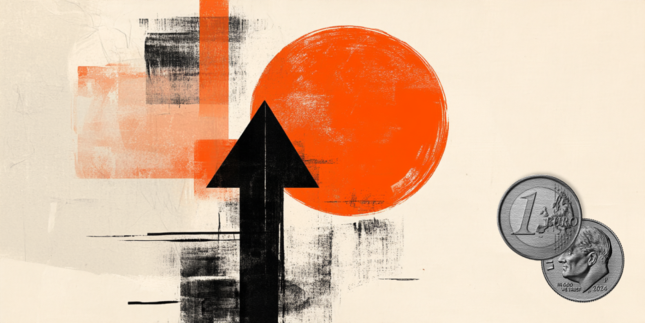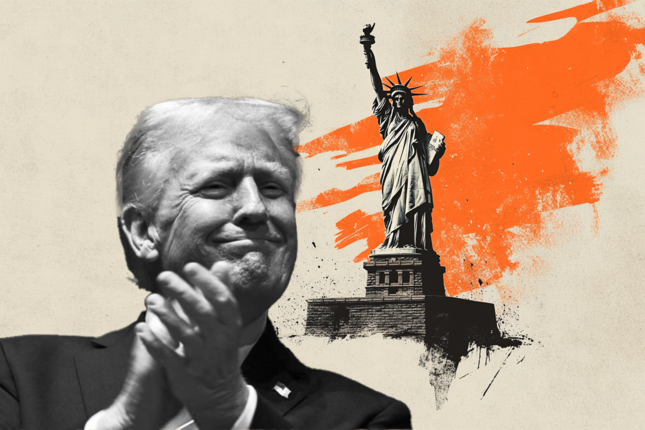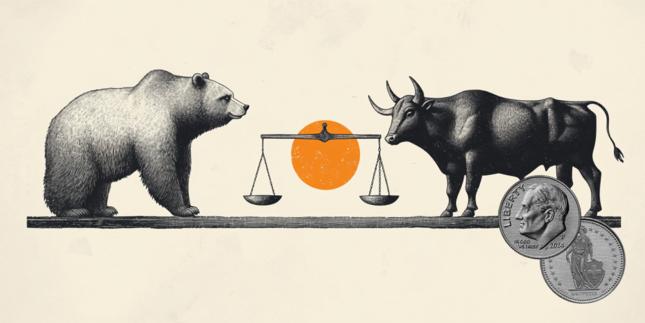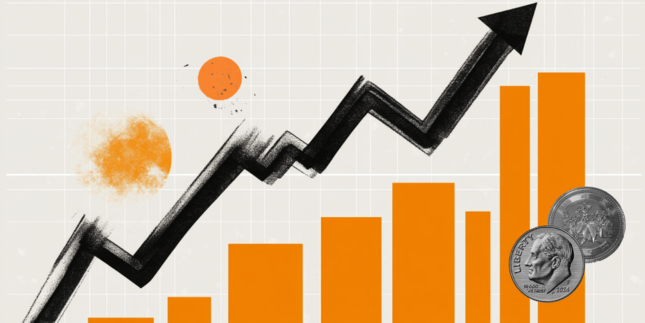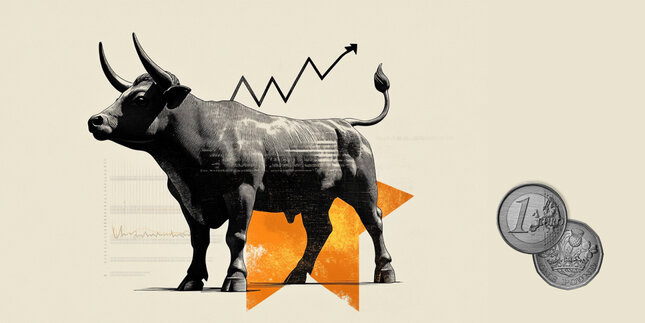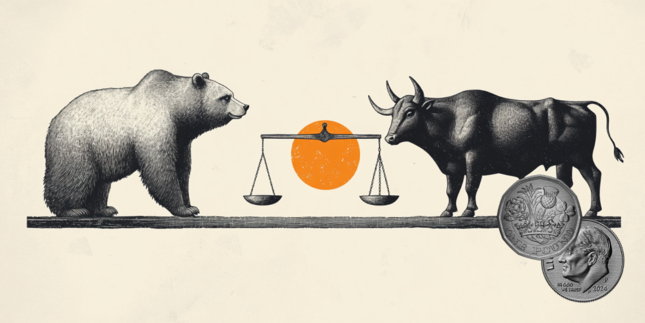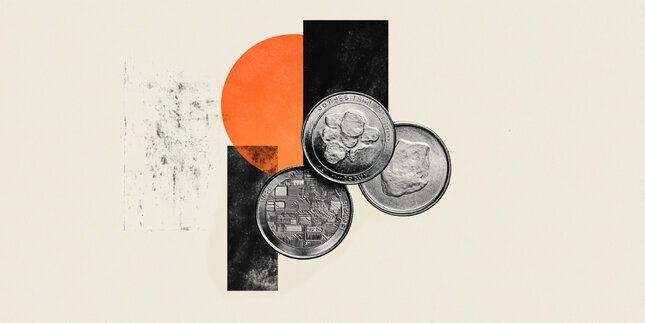USD/INR drifts lower as traders brace for Trump’s inauguration
- The Indian Rupee gains traction in Monday’s early European session.
- Routine RBI intervention and lower oil prices underpin the INR; foreign outflows and renewed USD demand might cap its upside.
- Investors await Donald Trump’s presidential inauguration on Monday at 17:00 GMT.
The Indian Rupee (INR) strengthens on Monday after logging its worst week in 18 months in the previous week. The frequent interventions by the Reserve Bank of India (RBI) and a decline in crude oil prices could help prevent sharper losses of the local currency.
On the other hand, persistent foreign portfolio outflows and heightened US Dollar (USD) bids in the non-deliverable forwards (NDF) market might weigh on the INR. Investors will closely monitor the announcement of President-elect Donald Trump’s policies ahead of his inauguration at 17:00 GMT. The expectations of tariff policies under the Trump administration might drag the emerging market currencies, including the INR.
Indian Rupee rebounds ahead of Trump’s inauguration
- India’s foreign exchange reserves dropped for the sixth consecutive week, reaching a 10-month low of $625.9 billion for the week ended January 10, according to the Reserve Bank of India (RBI).
- Analysts noted that the Indian central bank has been cautious in deploying reserves to contain undue currency volatility amid strong global challenges. The foreign exchange reserves also include India’s reserve tranche position in the International Monetary Fund (IMF).
- India's economy is projected to grow by 6.7% in the next fiscal year starting in April, slightly higher than in the current fiscal year, according to the World Bank. The country’s growth rate in the current fiscal year is at 6.5%, down from 8.2% in the previous period.
- US Housing Starts climbed by 15.8% from 1.294 million (revised from 1.289 million) to 1.499 million in December, beating the estimation of 1.32 million.
- The US Building Permits declined by 0.7% from 1.493 million (revised from 1.505 million) to 1.483 million, but above the market consensus of 1.46 million.
USD/INR maintains its positive bias, oversold RSI warrants caution
The Indian Rupee trades firmer on the day. The bullish trend of the USD/INR pair remains intact as the price has formed higher highs and higher lows while holding above the key 100-day Exponential Moving Average (EMA) on the daily timeframe. Nonetheless, the 14-day Relative Strength Index (RSI) reaches overbought territory beyond the 70.00 mark, suggesting that a temporary weakness or further consolidation cannot be ruled out in the near term.
An all-time high of 86.69 appears to be a tough nut to crack for bulls. A sustained move above the mentioned level could set the stage for a run at the 87.00 psychological level.
On the flip side, any follow-through selling below 86.30, the low of January 15, could see a drop to 85.85, the low of January 10. The additional downside filter to watch is 85.65, the low of January 7.
Indian Rupee FAQs
The Indian Rupee (INR) is one of the most sensitive currencies to external factors. The price of Crude Oil (the country is highly dependent on imported Oil), the value of the US Dollar – most trade is conducted in USD – and the level of foreign investment, are all influential. Direct intervention by the Reserve Bank of India (RBI) in FX markets to keep the exchange rate stable, as well as the level of interest rates set by the RBI, are further major influencing factors on the Rupee.
The Reserve Bank of India (RBI) actively intervenes in forex markets to maintain a stable exchange rate, to help facilitate trade. In addition, the RBI tries to maintain the inflation rate at its 4% target by adjusting interest rates. Higher interest rates usually strengthen the Rupee. This is due to the role of the ‘carry trade’ in which investors borrow in countries with lower interest rates so as to place their money in countries’ offering relatively higher interest rates and profit from the difference.
Macroeconomic factors that influence the value of the Rupee include inflation, interest rates, the economic growth rate (GDP), the balance of trade, and inflows from foreign investment. A higher growth rate can lead to more overseas investment, pushing up demand for the Rupee. A less negative balance of trade will eventually lead to a stronger Rupee. Higher interest rates, especially real rates (interest rates less inflation) are also positive for the Rupee. A risk-on environment can lead to greater inflows of Foreign Direct and Indirect Investment (FDI and FII), which also benefit the Rupee.
Higher inflation, particularly, if it is comparatively higher than India’s peers, is generally negative for the currency as it reflects devaluation through oversupply. Inflation also increases the cost of exports, leading to more Rupees being sold to purchase foreign imports, which is Rupee-negative. At the same time, higher inflation usually leads to the Reserve Bank of India (RBI) raising interest rates and this can be positive for the Rupee, due to increased demand from international investors. The opposite effect is true of lower inflation.
Forex News
Keep up with the financial markets, know what's happening and what is affecting the markets with our latest market updates. Analyze market movers, trends and build your trading strategies accordingly.
